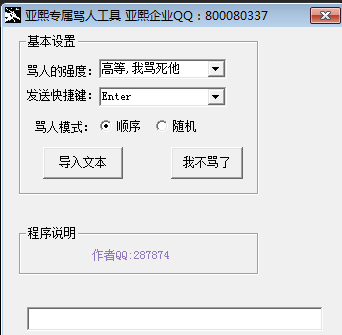linux中“<”和“<<”有什么区别
时间:2022-02-28 10:47
区别: linux中>表示覆盖原文件内容(文件的日期也会自动更新),>>表示追加内容(会另起一行,文件的日期也会自动更新)。 (推荐教程:linux教程) 举例: 1、将history命令执行的结果保存到history.log文件中 2、执行命令 curl 'xxx' ,将其返回结果保存到 log.log 中 3、执行命令 cat /etc/hosts , 将其返回结果保存到 hosts.log 中 注意:使用 > ,执行命令时,每次都会新生成一个 > 后面的文件,将之前生成的文件替换掉(文件创建时间也会跟着改变)。 以上就是linux中“<”和“<<”有什么区别的详细内容,更多请关注gxlcms其它相关文章!
[root@gxzs-solr1 ~]# history > history.log (history.log 文件 会自动生成)
[root@gxzs-solr1 ~]# cat history.log
[root@gx-solr1 ~]# curl 'http://192.168.0.110:8983/solr/scan_detail/admin/file?_=1544066402749&contentType=text/plain;charset=utf-8&file=managed-schema&wt=json' > log.log
[root@slave1 ~]# cat /etc/hosts > hosts.log
[root@slave1 ~]# more hosts.log
127.0.0.1 localhost localhost.localdomain localhost4 localhost4.localdomain4
::1 localhost localhost.localdomain localhost6 localhost6.localdomain6



























